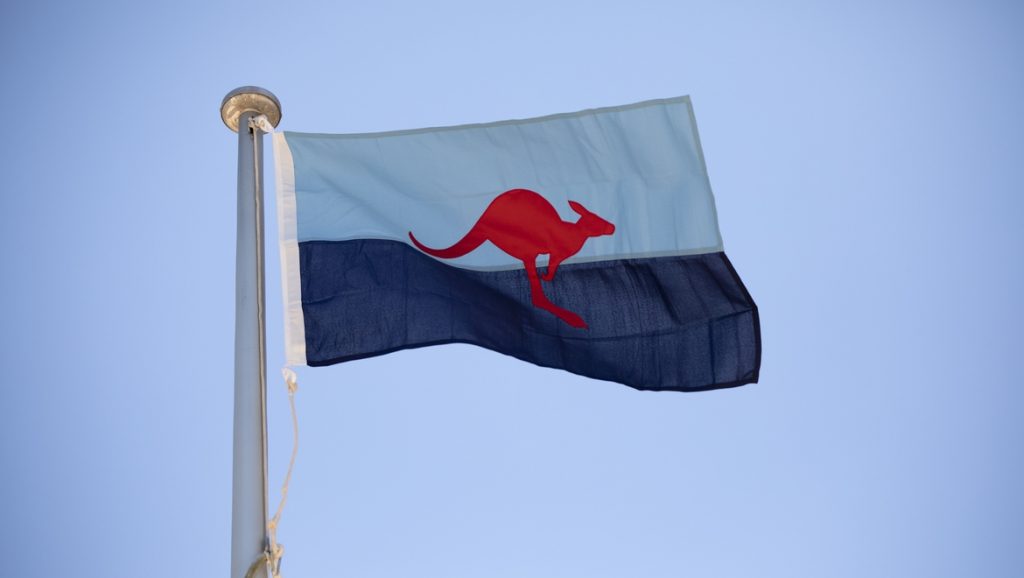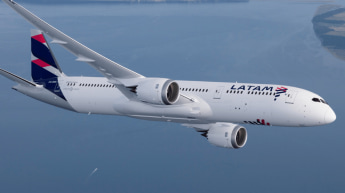
The Australian Army has announced it will today launch a new single command for its aircraft, including its helicopters and drones.
The decision means the current 16th Aviation Brigade and Army Aviation Training Centre will transfer from Army Forces Command to Aviation Command, which will be led by Major General Stephen Jobson.
MAGJEN Jobson said the move would simplify the management of Army’s helicopters and enhance their safety and effectiveness. Army operates various types of aircraft including the Boeing CH-47F Chinook, Eurocopter Tiger armed reconnaissance helicopter, NH Industries MRH90 Taipan multi-role helicopter and leased civil light utility helicopter.
The changeover was marked by a ceremonial parade and helicopter flyover at Blamey Square, Canberra, and was first muted in the government’s 2020 Defence Strategic Update and 2020 Force Structure Plan.
The Chief of Army, Lieutenant General Rick Burr, said the move would improve resilience and adaptability and ensure Army’s training system is agile and contemporary.
“The unity, sense of purpose and focus in a single command will support our land forces to achieve more tasks, in more difficult environments,” said LTGEN Burr.
The command of Australia’s defence aircraft has changed multiple times throughout the past century.
Before the creation of the RAAF in 1921, Army and Navy had control of all Australia’s military air assets.
“At the time of the RAAF’s formation, there was only one other independent air force in the world, the [British] Royal Air Force,” Chief of Air Force Air Marshal Mel Hupfeld told Australian Aviation earlier this year.
“There were a number of air corps formed as adjunct arms of the navies and armies in other nations, but these were not truly independent air forces as was the case in the United Kingdom and Australia.”
Born out of a desire to ensure national defence in a changing world, the Australian air force model envisioned the RAAF as a partner to the existing Royal Australian Navy (RAN, founded in 1911), and Australian Army, which dated back to federation.
“The Air Council, the air defence policies of the day and the roles of the RAAF in its early years all reflected that we were intended to act as a joint partner in unison with the RAN and Army,” AIRMSHL Hupfeld says.
The Billy Hughes government eyed additional benefits of investing in an air force, with the RAAF seen as a vehicle to build the nation. The government hoped that a growing air force would drive prosperity across a variety of industries and open up transportation links across the nation.
AIRMSHL Hupfeld explains, “We were used by the government to foster civil aviation, in opening up air routes, post-war fund raising and were employed in national and international survey operations. So straight away we see a very unique element to the RAAF experience.”
The concept of an independent air force was unheard of prior to World War I. It was generally held that militarised aircraft were best utilised by navies or armies to bolster their existing capabilities.
















Nerdy Nev
says:4th para ‘muted’?
Supposed to be ‘mooted’, methinks!
random
says:How did this article start of about interesting changes to Army Aviation and its new command structure, and then just randomly devolve and default to talking about the RAAF and history….?
Surely there’s a case for more talk and analysis about the implications of this change, or the reasons why it was considered important, or whether it aligns to other commands in Army? It would seem to be a pretty significant step?
Doug Bright
says:I’m surprised that this qualifies for any ceremony to celebrate a supposedly new “initiative”.
On the contrary, I would have thought that this level of integration should have been a fundamental consideration ever since military aviation was capable of playing a key role in the battle-scape, seeing it has been over 90 years since anyone who was anybody in the military came to appreciate that “if you control the skies in that arena, then you have a key advantage and potentially control what is happening on the ground or water”.
I suspect that this situation came about because of the, unfortunately, typical hidebound nature of the three main disciplines to hang grimly onto their particular patch of turf and doggedly refuse to cede anything that might look like “control” or dominance to any of the other disciplines. It has been so in almost all militaries for decades.
True integration comes not from “modern” communications, with wires, circuit-boards and processors, but from the neurons in the minds of management. The need has always been there. The ability has been there since the advent of the radio. All that was lacking was the insight, the preparedness for flexibility that comes from recognizing a common purpose, and the will to execute the necessary measures. The latter, predictably, has been the only human element involved.
Harldin
says:And 40 brand new Blackhawks to replace the Dudpan as well.